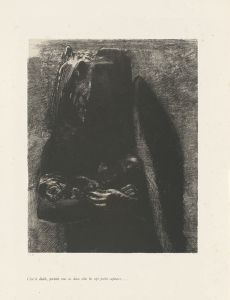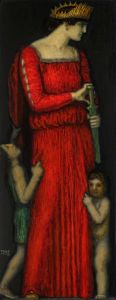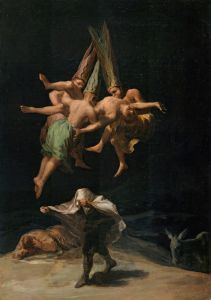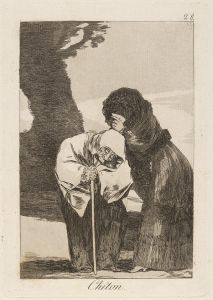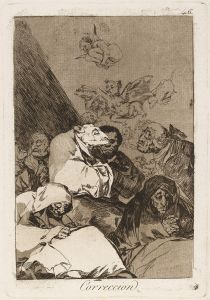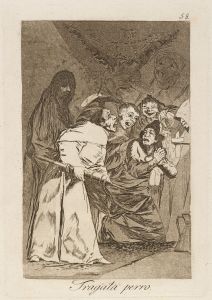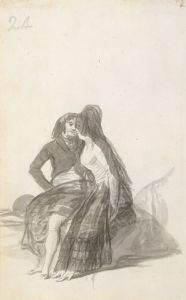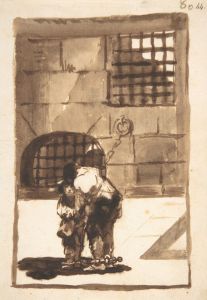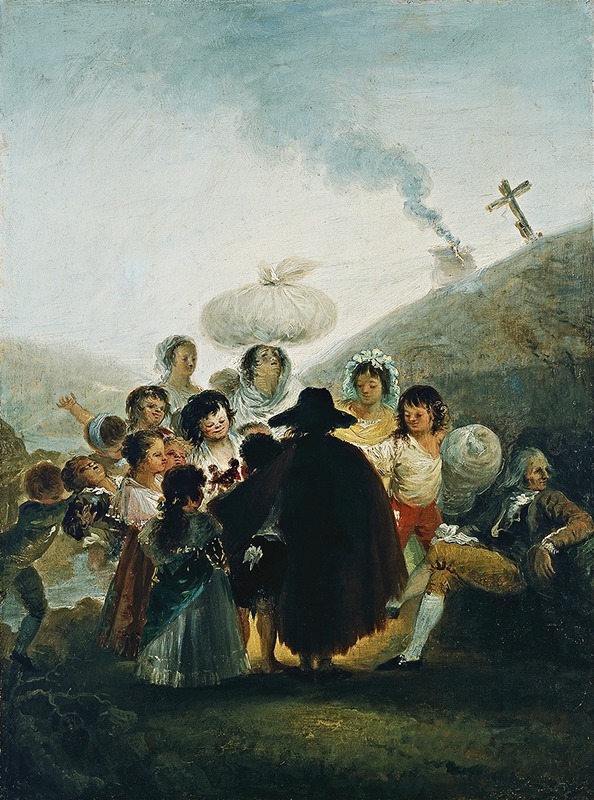
Le Marchand De Marionnettes
A hand-painted replica of Francisco de Goya’s masterpiece Le Marchand De Marionnettes, meticulously crafted by professional artists to capture the true essence of the original. Each piece is created with museum-quality canvas and rare mineral pigments, carefully painted by experienced artists with delicate brushstrokes and rich, layered colors to perfectly recreate the texture of the original artwork. Unlike machine-printed reproductions, this hand-painted version brings the painting to life, infused with the artist’s emotions and skill in every stroke. Whether for personal collection or home decoration, it instantly elevates the artistic atmosphere of any space.
Francisco de Goya, a prominent Spanish painter and printmaker, is renowned for his profound impact on the art world during the late 18th and early 19th centuries. Among his extensive body of work, "Le Marchand De Marionnettes" is a painting that captures the imagination of art enthusiasts and historians alike. However, it is important to note that there is limited information available specifically about this painting, and it is not one of Goya's most widely recognized works.
Goya's career spanned a period of significant political and social upheaval in Spain, and his art often reflects the complexities and tensions of his time. He is best known for his series of prints, such as "Los Caprichos" and "The Disasters of War," as well as his paintings like "The Third of May 1808" and "Saturn Devouring His Son." These works are celebrated for their bold exploration of themes such as human folly, the horrors of war, and the darker aspects of human nature.
"Le Marchand De Marionnettes," which translates to "The Puppet Seller," is believed to be one of Goya's lesser-known works. While specific details about the painting are scarce, it can be inferred that the subject matter aligns with Goya's interest in societal commentary and the human condition. Puppet sellers and puppet shows were common in European culture during Goya's time, often serving as a form of entertainment that also provided social and political satire.
Goya's style is characterized by his masterful use of light and shadow, as well as his ability to convey emotion and narrative through his compositions. His works often feature a dramatic contrast between light and dark, a technique known as chiaroscuro, which he used to great effect to highlight the emotional intensity of his subjects. This stylistic approach can be seen in many of his paintings and prints, contributing to the haunting and sometimes unsettling atmosphere that pervades his art.
In the context of "Le Marchand De Marionnettes," it is plausible that Goya employed these techniques to create a scene that is both visually striking and thematically rich. The painting likely captures a moment of interaction between the puppet seller and his audience, inviting viewers to reflect on the nature of performance, illusion, and reality. This aligns with Goya's broader artistic goals of challenging perceptions and encouraging critical thought.
Despite the limited information available about "Le Marchand De Marionnettes," it is clear that Goya's work continues to resonate with audiences today. His ability to capture the complexities of human experience and his willingness to confront uncomfortable truths have cemented his legacy as one of the most important figures in Western art history. While this particular painting may not be as well-documented as some of his other works, it nonetheless contributes to the rich tapestry of Goya's artistic output, offering a glimpse into the mind of a master artist who was unafraid to explore the depths of human nature.







